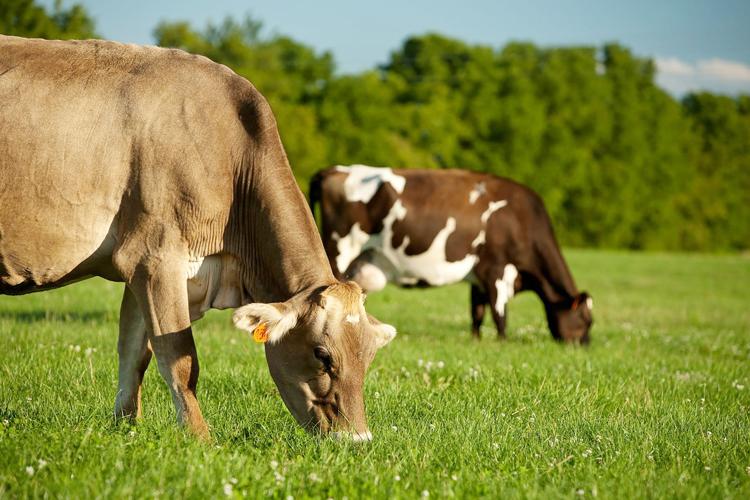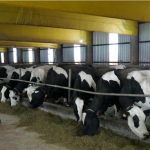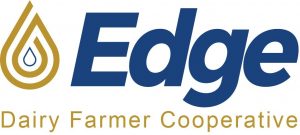
From pricing to pooling, producers are calling for reform of the complex system — and how to make improvements has captured the attention of all sectors of the industry.
One improvement would be to simplify pricing so a negative producer price differential — which is alarming to producers — isn’t on the milk check, said Tom Wegner, director of governance and leader development at the Land O’Lakes cooperative.
Even more important is simplifying pricing so markets on the Class I side and Class III and IV side align in timing, which would make hedging easier, he said during the latest “DairyLivestream” podcast.
“I think more hedging at the dairy producer level … will really result in durable dairy farms, sustainable dairy farms,” he said.
The second thing would be changes to the make allowance, he said.
The make allowance is the cost of manufacturing dairy products and comes out of producers’ milk checks.
Make allowances should be updated on an annual basis, perhaps through indexing, so the industry doesn’t have to go through a formal hearing process to change them, he said.
Calvin Covington, retired CEO of Southeast Milk Inc., has been involved in federal orders for more than 40 years and said he sees four areas that could be improved.
The first item is to use the administrative process instead of the legislative process to amend federal orders.
“When Congress gets involved, they have the tendency to mess it up,” he said.
The administrative process also allows all partners to have a seat at the table, he said.
The second item is to look at the purpose of marketing orders, which is to encourage the movement of an adequate supply of fluid milk for drinking purposes. That purpose works in some areas, such as the Southeast, but federal orders in other areas might want to accomplish something else, he said.
The third item is participation in the orders and pooling requirements.
“There’s room there to have more equity and a fairer system of who participates in orders,” he said.
Only Class I processors are required to be regulated. Non-regulated plants can decide whether they want to be in the pool.
“We’ve had a lot of depooling here over the last year because it hasn’t been profitable to do so,” he said.
And those processors can get back in the pool when it is profitable, he said.
A lot of processors depooled when the price of Class III milk, used to make cheese, skyrocketed so they wouldn’t have to pay the regulated price. The value of that depooled milk was not shared by producers in the pool.
“Looking ahead, there needs to be some kind of stability. You either need to be in or out. If you’re going to be out, you need to stay out for a period of time. If you’re going to be in, you need to be in to make the system more fair and equitable,” he said.
The fourth item is tweaks and updates to the milk-pricing system so the numbers used to calculate milk prices are looked at on a more regular basis, he said.























